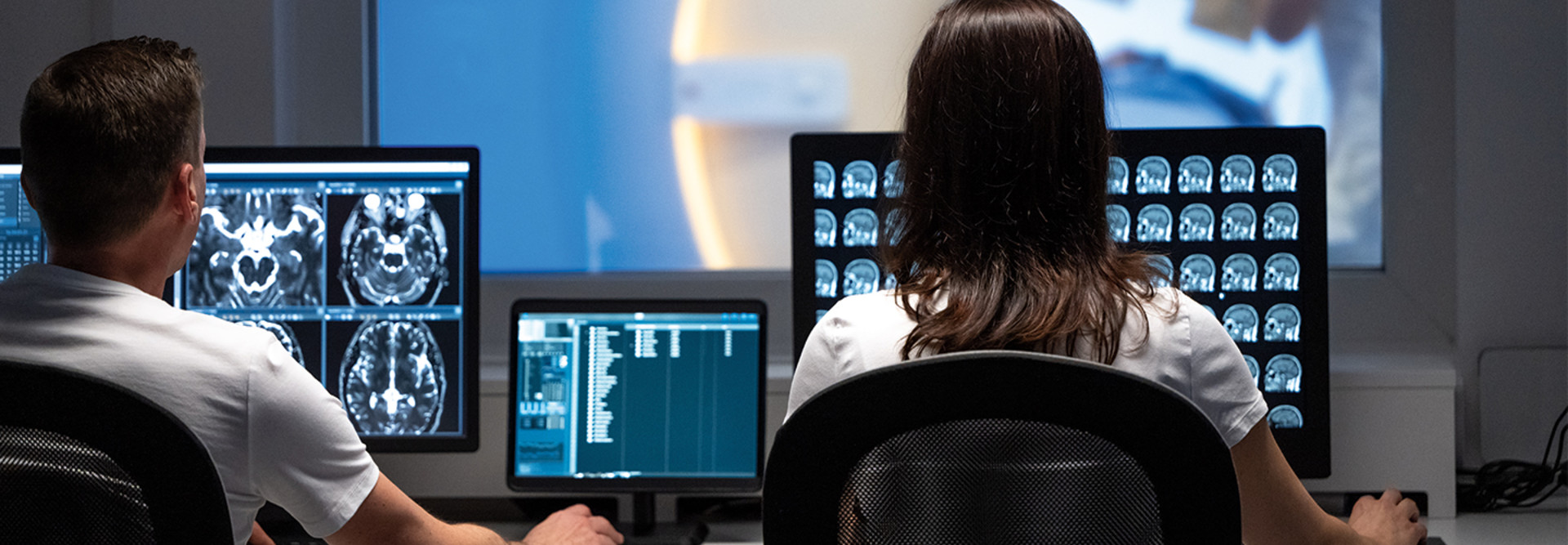Of all the healthcare data available, medical imaging is among the richest. In terms of clinical indicators, imaging data contains a tremendous amount of valuable information that’s easily identifiable — and much that’s not visible to the human eye.
Because most patients’ healthcare journeys begin with a diagnostic image of some sort, it’s no wonder that U.S. hospitals and health systems spend about $65 billion every year on imaging. These images are often captured at the beginning of the care journey, when providers and patients are making many of the most important and consequential decisions.
How can healthcare organizations harness this wealth of data and their investments in imaging to create better outcomes for both clinicians and patients? The answer increasingly lies in artificial intelligence (AI) and the ways it can be applied to create value for the entire healthcare ecosystem.
Click the banner below for access to exclusive HealthTech content and a customized experience.
AI Improves Imaging Efficiency and Enables Integrated Care
Many AI algorithms are already available to support diagnosis, make image interpretation more efficient, augment clinical decision-making, inform procedural interventions and therapies, and even support utilization management and authorizations.
However, the power of AI in diagnostic imaging is frankly underused. The reason for this underutilization is that many of these AI models work in silos: They’re not integrated into the radiology workflow in ways that make them usable or useful.
DISCOVER: 5 ways AI and deep learning enhance patient care and hospital operations.
But that’s changing. Today, integrated workflow networks transform how radiologists and other imaging stakeholders can use AI to improve clinical and financial outcomes as well as the radiology experience.
What’s particularly valuable about an integrated workflow network is not the AI models that support earlier diagnosis, nor is it the enhanced collaboration and sharing that can happen seamlessly between providers and patients. Rather, the true value in these networks is the real, end-to-end patient care solutions that are emerging.
For example, lung cancer screening programs are now exceedingly common, and for good reason. In fact, we know that there is a compelling case for better lung health all around, and chronic lung conditions — in addition to cancer — are underdiagnosed. Early diagnosis of these conditions is essential, and the emergence of lung health programs contributes to better outcomes and improved quality of life for patients, not to mention the financial returns for healthcare organizations.
These programs can, however, exacerbate radiologists’ already burgeoning work burden, which makes lung programs a perfect application for an AI-powered integrated workflow network. Until recently, people with late-stage or severe emphysema have had relatively few treatment options. Now, endobronchial valves have opened a new and much less invasive option for this population of patients. AI models are not only extraordinarily helpful in identifying and qualifying patients for the procedure, they’re also an excellent resource for assessing which region of the lung should be targeted for optimal recovery. Likewise, once the procedure has been performed, patients can return for follow-up imaging, and the same AI model can be applied to analyze the patient’s progress and recovery.
Certainly, we are seeing more use cases emerge like this one, with powerful and practical applications in neurology, stroke care and more. The challenge is not to treat each use case within its own silo; IT departments simply don’t have the bandwidth to support individual point solutions for lung health, stroke centers or breast density.
Creating Meaningful Healthcare Exchanges with AI
Even more important, no radiologist wants to be traveling between platforms throughout the day.
Instead, it’s essential to establish a central, scalable, cloud-based AI infrastructure. This infrastructure empowers radiologists, referring providers, payers, medical technology manufacturers and other life science companies to meaningfully collaborate for real solutions that lead to improved clinical and financial outcomes for both provider and patient.
With that architecture in place, healthcare organizations can then solve for the challenges that are most pressing, whether that means automating repetitive tasks and alleviating some of the documentation burden from radiologists, sharing images rapidly between providers at disparate sites, or layering in AI models that help screen for and detect cancers earlier — or, one day, all the above.












